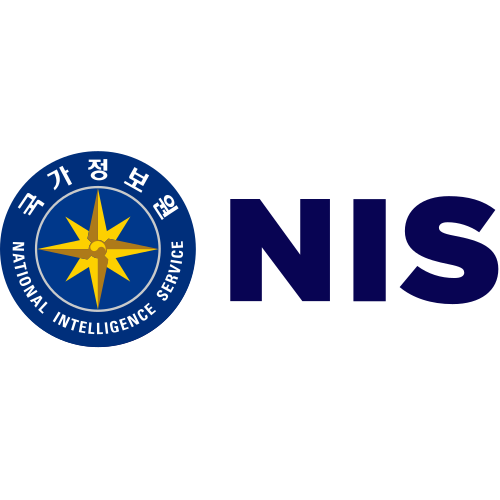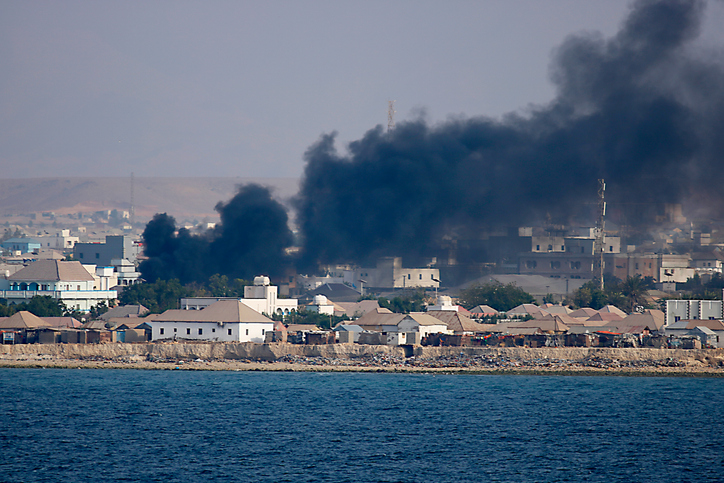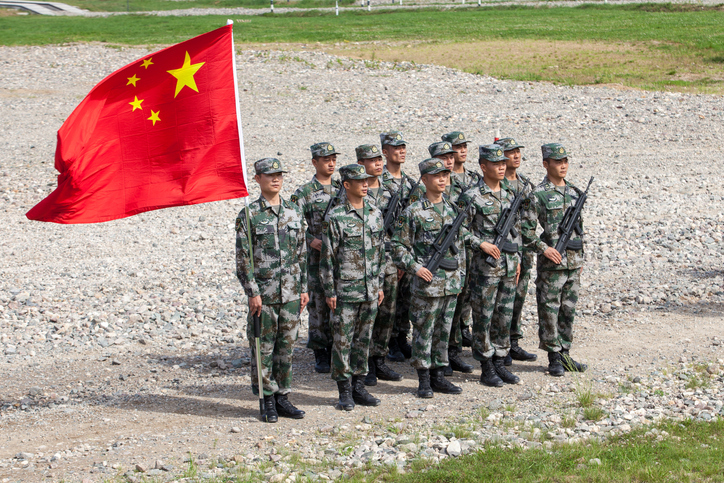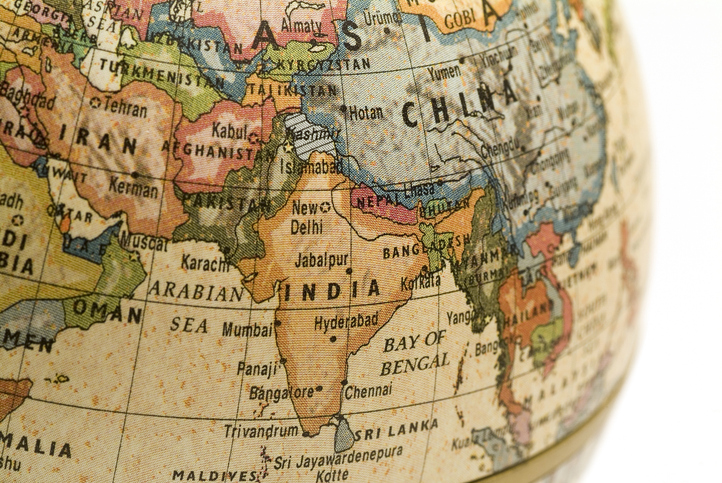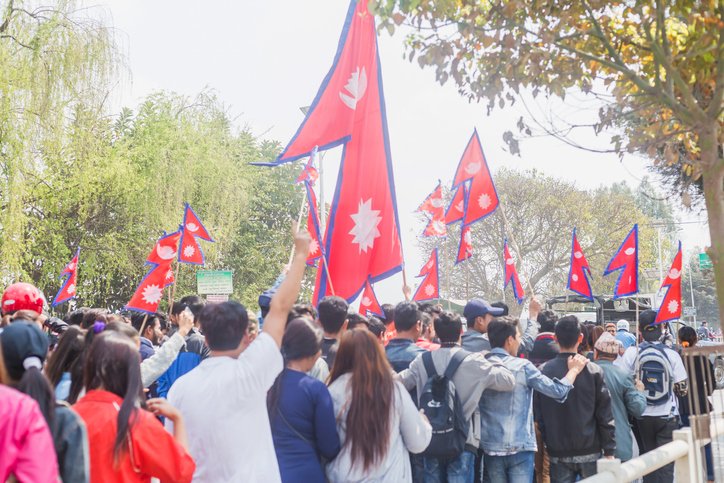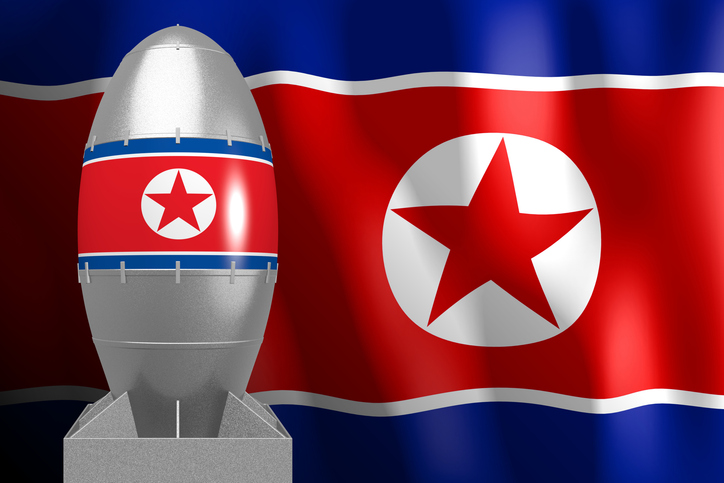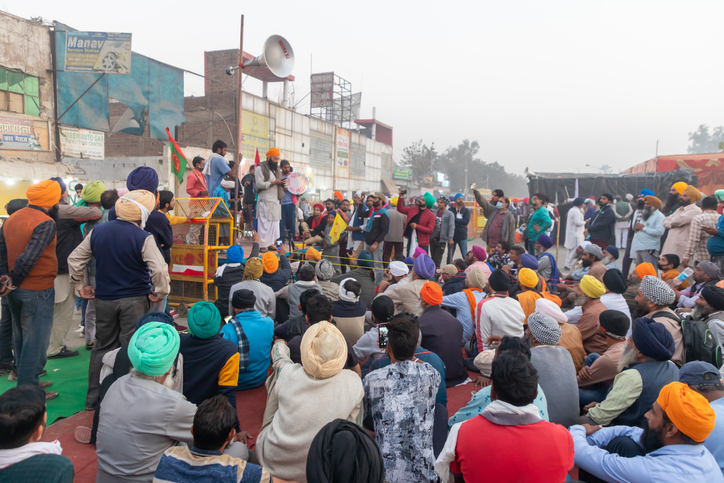
Posted On : Dec 11 2020
Indian Mujahideen (IM): India`s Homegrown Terrorist Outfit
The Indian Mujahideen (IM) is a homegrown terrorist organization that has left a significant mark on India`s security landscape.
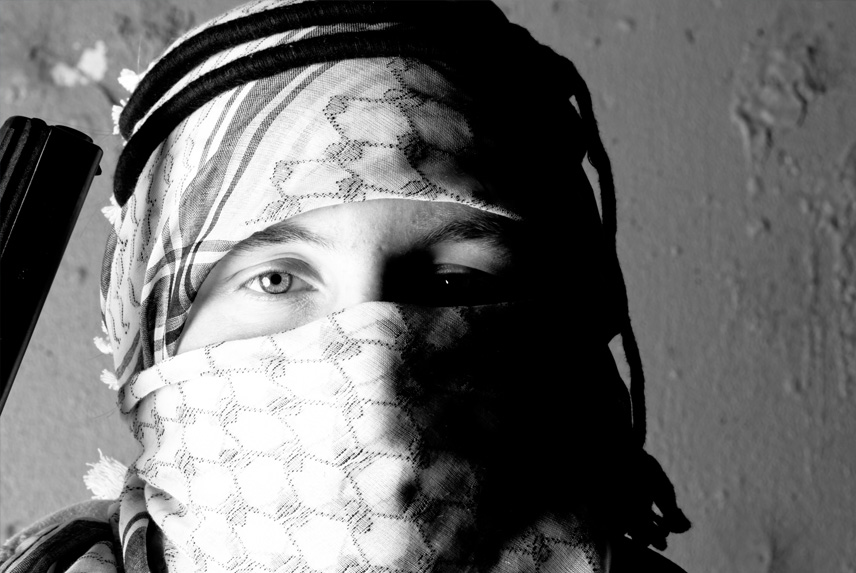
The Indian Mujahideen came into existence in the mid-2000s and gained prominence as an offshoot of the banned extremist group Students Islamic Movement of India (SIMI). Founded by a core group of individuals, including Safdar Nagori and Shahbaz Hussain, the IM aimed to wage jihad against India's secular and democratic institutions. Unlike other terror outfits, the IM maintained a low profile, which made it challenging for security agencies to track and combat.
Ideology and Objectives
IM's ideology is rooted in radical interpretations of Islam, with a focus on establishing Islamic rule in India and opposing what they perceive as anti-Muslim policies. The group's objectives include carrying out terrorist attacks to create fear and chaos and to undermine the authority of the Indian state. Their targets have ranged from crowded markets and religious sites to government buildings.
Major Attacks
The Indian Mujahideen has been responsible for several major terrorist attacks in India. One of the most notable incidents was the 2008 Ahmedabad bombings, where a series of synchronized explosions rocked the city, claiming dozens of lives and injuring hundreds. Another infamous attack was the 2010 Pune bombing, which targeted a popular bakery, resulting in numerous casualties.
Operational Challenges
IM's ability to operate in India was fueled by a combination of factors, including the use of local operatives, sophisticated communication methods, and the recruitment of tech-savvy individuals. They were known for employing email and internet messaging as a means of coordination, which posed a unique challenge for law enforcement agencies.
Counterterrorism Measures
The Indian government, realizing the threat posed by IM, launched various counterterrorism initiatives to dismantle the organization. This included intelligence sharing, enhanced surveillance, and international cooperation with countries like the United States to track down its key operatives. Several IM leaders, including Yasin Bhatkal and Abdul Subhan Qureshi, have been captured or eliminated in counterterrorism operations.
IM's Evolution
Over time, IM's operational capacity has been significantly degraded due to counterterrorism efforts. Some members have been arrested, while others have been killed in encounters with security forces. The organization has faced internal rifts, resulting in splinter groups and a weakening of its centralized command structure.
Conclusion
The Indian Mujahideen (IM) remains a potent symbol of domestic terrorism in India, despite the setbacks it has encountered in recent years. The organization's evolution and modus operandi highlight the adaptability and resilience of terrorist groups. India's commitment to countering this threat through intelligence sharing, security measures, and international collaboration reflects its determination to safeguard its citizens and maintain peace and stability in the region. The fight against homegrown extremism continues, as authorities remain vigilant in their efforts to prevent further IM attacks and ensure the security of the nation.
No Comments Added






